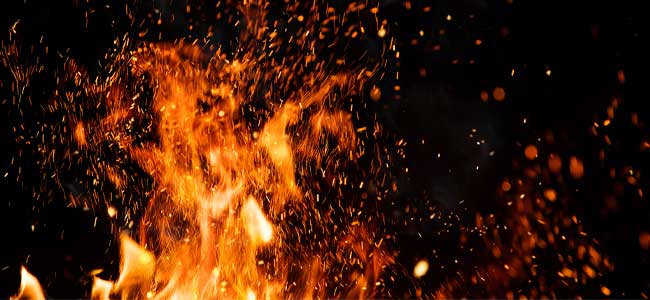
Changing Combustible Dust Requirements: 5 Ways to Comply
Combustible dust incidents have drawn OSHA and the NFPA’s attention. How can employers keep up with regulations and ensure worker and facility safety?
- By Michael Summers
- May 01, 2023
In the past six years, combustible dust incidents have caused an average of 31 explosions per year at manufacturing facilities in the U.S. and more than four times as many fires. Both OSHA and the National Fire Protection Association (NFPA) have set standards intended to prevent these incidents, but even so, accidents occur. As of January, OSHA added additional industries to its Combustible Dust National Emphasis Program, and NFPA announced it will consolidate its combustible dust standards into a new one, NFPA 660.
Here are five steps that manufacturers can implement immediately to keep up with changing combustible dust regulations for the protection of their employees, facilities and productivity.
1. Get your Dust Tested
Once you fully understand the nature of the dust your facility handles or generates—and assess the risk of dangerous incidents—you can set the proper cleaning procedures and select the best equipment to keep your people and facility safe. What’s more, in accordance with NFPA 652, this testing is required for all facilities that generate, handle or store dust. It’s your responsibility to have your dust tested, even if there is no history of incidents with that dust.
You can work with a private lab or OSHA to test and rate your dust for combustibility and classification. These tests are very detailed and should evaluate five main factors.
Dust Cloud Explosibility Parameters (Kst, Pmax). Together, these parameters quantify the severity of a dust explosion, how much pressure it will generate and how fast it will travel, even if there is no history of incidents with that dust.
Dust Cloud Ignition Limits (LOC, MEC). These two parameters predict the likelihood that a dust cloud will explode based on the concentration of oxygen and dust.
Minimum Auto-Ignition Temperature (MAIT). This is the lowest temperature at which a dust cloud will auto-ignite when exposed to hot air.
Minimum Ignition Energy (MIE). This test determines the smallest amount of ignition energy required to ignite a dust cloud.
This article originally appeared in the April/May 2023 issue of Occupational Health & Safety.